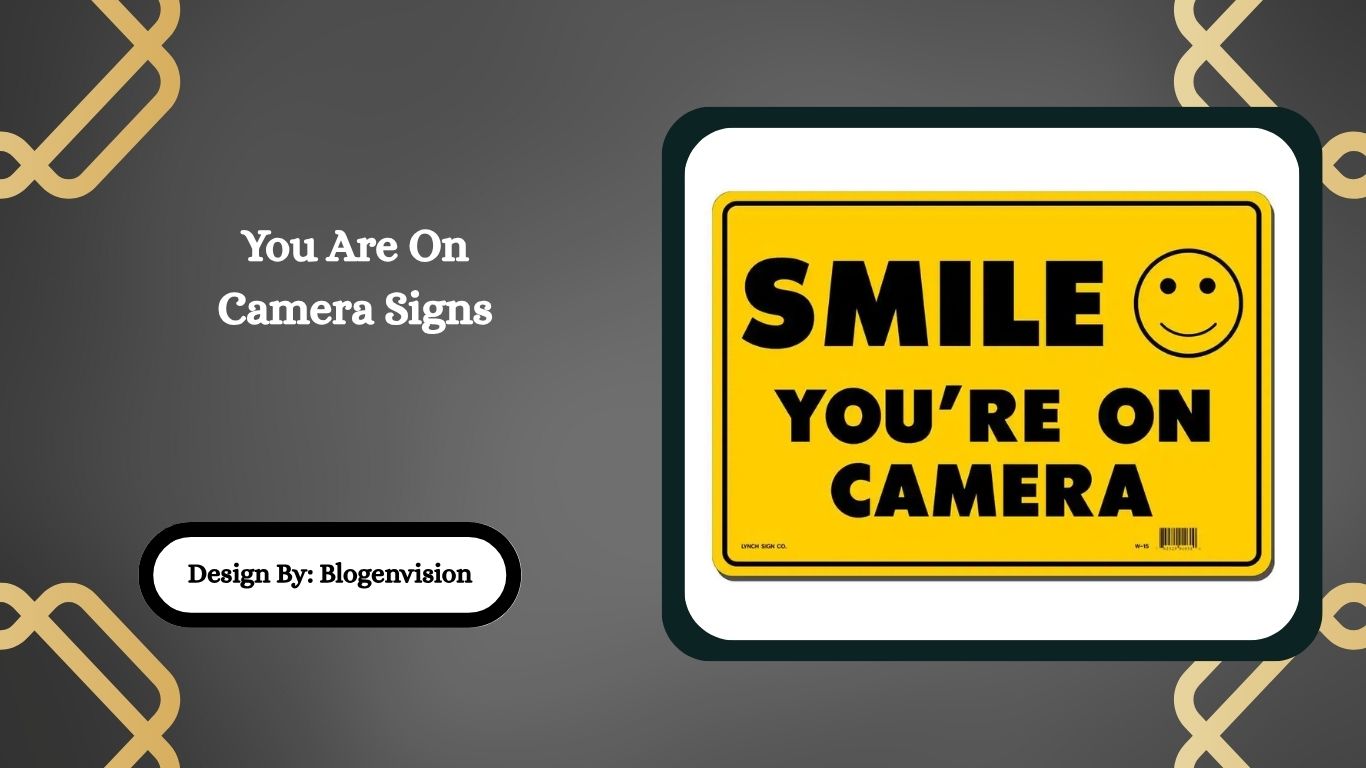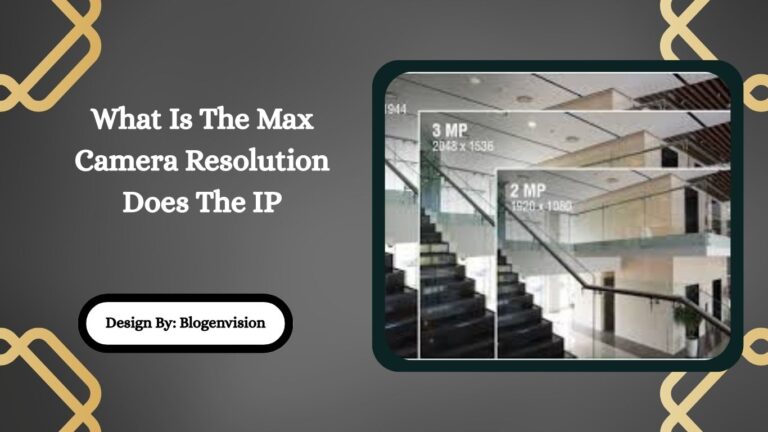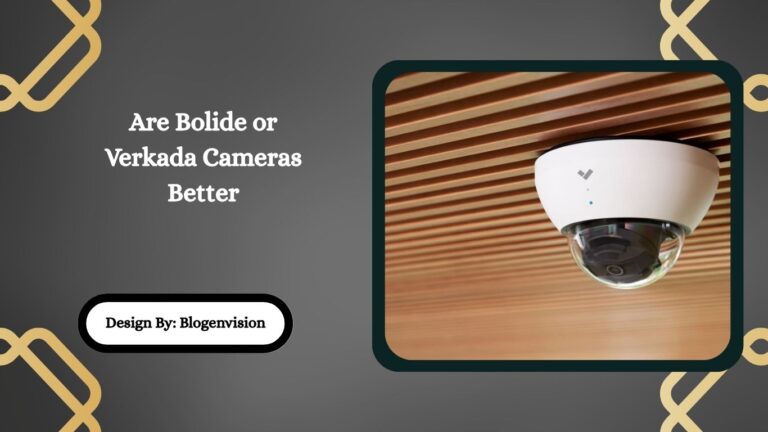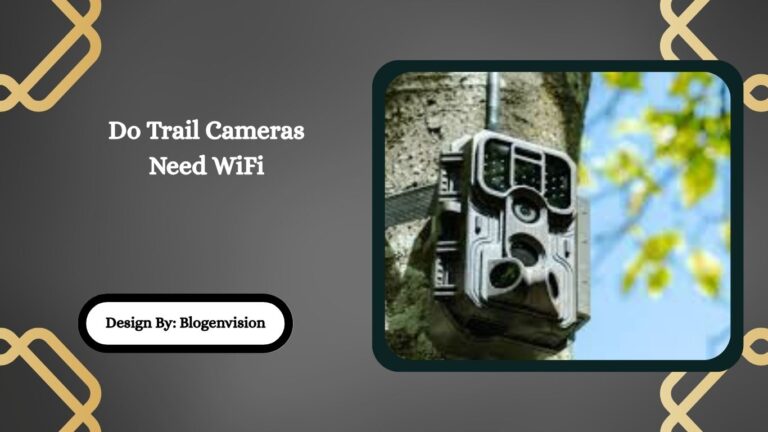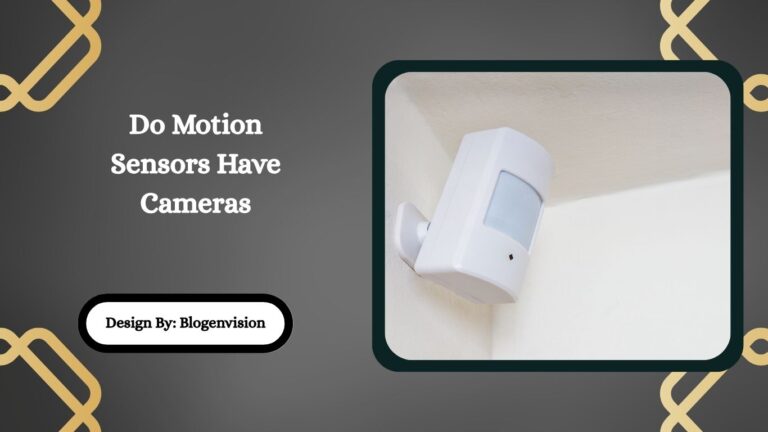You Are On Camera Signs – Legal and Effective Use!
“You Are On Camera” signs deter crime, fulfill legal surveillance notice requirements, and promote transparency. Proper placement and wording protect property owners from liability while improving security and compliance with privacy laws.
“You Are On Camera” signs are more than just deterrents—they are important legal tools in public safety, privacy compliance, and liability protection. Whether you’re a homeowner installing security cameras or a business monitoring customers, posting surveillance signs can make a significant difference in both the effectiveness of your security system and your legal standing. In this comprehensive guide, we’ll cover everything from sign types and placement to local laws and buying tips.
What Are “You Are On Camera” Signs?
“You Are On Camera” signs are warning labels placed on properties equipped with surveillance systems. They inform visitors, customers, or trespassers that security cameras are in operation, which helps to:
- Deter criminal activity
- Protect against liability
- Fulfill legal notice requirements
- Build trust in public or workplace environments
Why Use “You Are On Camera” Signs?
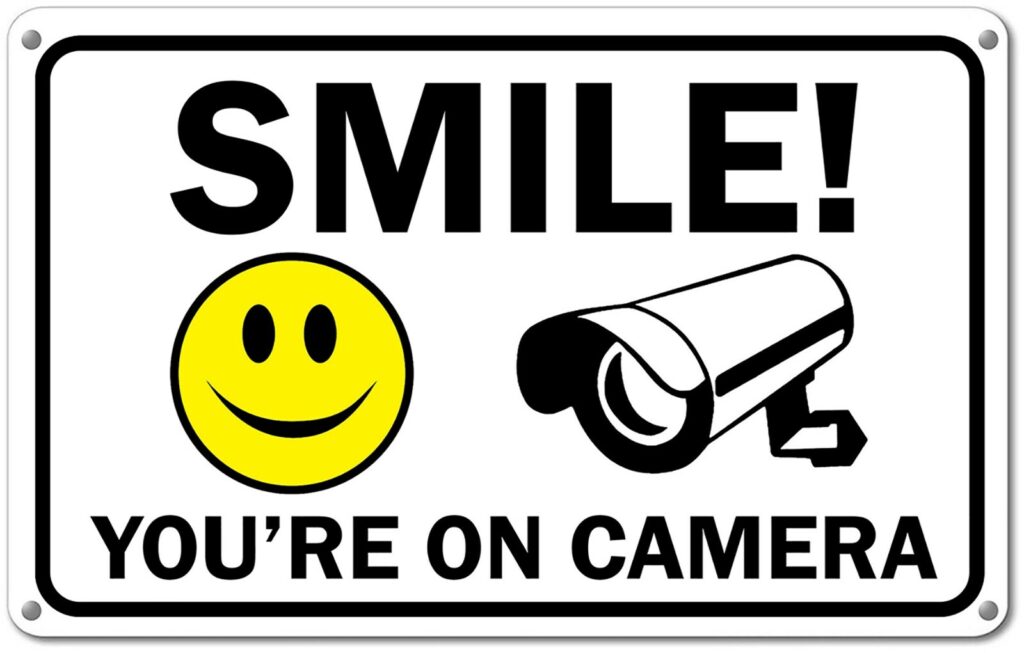
1. Crime Deterrence
Research shows that the mere presence of surveillance warning signs can reduce theft, vandalism, and trespassing. Criminals are much less probable to behave after they realize they may be being recorded.
2. Legal Protection
In many states or countries, signage is required if surveillance includes audio or records public spaces. Proper signs can prevent lawsuits related to privacy violations or unlawful surveillance.
3. Transparency and Trust
Businesses often use signs to reassure customers and employees that security is in place—not to spy, but to protect.
4. Liability Reduction
In case of theft or injury, video footage paired with proper signage can serve as evidence that the premises were adequately monitored and risks were reasonably mitigated.
Are “You Are On Camera” Signs Legally Required?
In some cases, yes. Requirements vary by region, but here are some general guidelines:
| Country/State | Signage Required? | Notes |
| USA (varies by state) | Sometimes | Required if audio is recorded in two-party consent states |
| UK | Yes | GDPR requires informing people about surveillance |
| Canada | Yes | Must notify individuals about data collection |
| Australia | Yes | Notification required under Privacy Act 1988 |
Key tip: Always check your local laws, especially if your camera records sound or public areas.
Types of “You Are On Camera” Signs
Different environments require different signs. Here are the most common types:
1. Residential Signs
Ideal for homes, fences, garages, and driveways. These are usually straightforward:
➡️ “Smile, You’re on Camera”
➡️ “24-Hour Surveillance in Operation”
2. Commercial Signs
These are more formal and may include legal references or branding.
➡️ “Premises Under Video Surveillance. Trespassers Will Be Prosecuted”
3. Audio + Video Recording Notices
Required in areas where sound recording laws apply.
➡️ “Audio and Video Surveillance in Use”
4. Multilingual Signs
Useful for areas with diverse populations to ensure everyone understands the warning.
➡️ English/Spanish or English/French combinations
5. Customized Signs
These include company logos, specific instructions, or personalized warnings.
Best Locations to Install Camera Signs
Proper placement is crucial for visibility and legal effectiveness.
- Entrances: Install at all major entry points—front door, side gates, garages, and driveways.
- Perimeters: Place on fences, exterior walls, or near pathways leading into private property.
- Common Areas: For businesses or apartment buildings, signs should be posted in lobbies, stairwells, and hallways.
- Indoor Spaces: If using indoor surveillance (e.g., retail stores or offices), signs should be near entrances or in visible common areas.
Legal Tips: Posting Signs Correctly
- Visibility is key: Signs should be clearly visible and readable from a distance.
- Avoid hidden cameras: If cameras are not easily visible, signage becomes even more important.
- Inform before recording: In many jurisdictions, individuals must be notified before entering a monitored area.
- Use clear language: Ambiguity can lead to legal challenges. Phrases like “This area is under video surveillance” are preferred.
Bonus Tips for Homeowners
- Even if you don’t have cameras, posting signs can deter crime. Many homeowners use dummy cameras with signs for low-cost deterrence.
- Combine signs with lighting: Motion-activated lights paired with a sign and camera boost deterrent effect.
- Avoid overly aggressive wording like “We’re watching you.” It may violate neighborhood association rules or be interpreted as harassment.
Where to Buy “You Are On Camera” Signs
You can purchase signs from:
| Retailer | Price Range | Materials Offered |
| Amazon | $5–$25 | Vinyl, aluminum, plastic |
| Home Depot | $10–$30 | Weatherproof signs |
| Custom Printers | $15–$50 | Personalized designs |
| Security Vendors | $10–$40 | Bundles with equipment |
Make sure the signs are weather-resistant, UV protected, and durable if used outdoors.
You Are On Camera Sign Design Tips
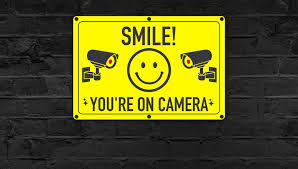
If you’re designing your own sign:
- Use bold fonts (Arial, Impact, Helvetica)
- Use high-contrast colors (black on yellow, red on white)
- Include a simple graphic like a camera icon
- Use clear language — avoid sarcasm or vague statements
Example:
“WARNING: Audio and Video Surveillance in Use – 24-Hour Monitoring”
Psychological Impact of Surveillance Signs
Studies show that camera signs influence behavior even if no cameras are present. People tend to:
- Follow rules more strictly
- Avoid loitering or littering
- Feel safer (in businesses or apartment settings)
However, overuse or misleading signage (e.g., fake camera signs in sensitive areas) may lead to false security or even legal trouble if an incident occurs and no actual recording exists.
Pros and Cons of Using Surveillance Signs
| Pros | Cons |
| Deters crime effectively | May draw attention to valuables |
| Helps comply with privacy laws | Legal gray areas without cameras |
| Reduces liability risks | Overuse may cause fear or distrust |
| Builds trust in public spaces | Doesn’t work without visibility |
FAQs:
1. Are “You Are On Camera” signs legally required everywhere?
Not everywhere, but in many regions—especially where audio is recorded—posting surveillance notices is legally required. It’s always best to check your local laws to avoid privacy violations or fines.
2. Do signs still work if no real cameras are installed?
Yes, visible surveillance signs—even without real cameras—can still deter crime by making potential intruders think twice. However, relying solely on signs without actual surveillance may reduce legal protection in some incidents.
3. Where should I place “You Are On Camera” signs for best results?
Place signs at entrances, driveways, fences, and inside common areas. Ensure they’re clearly visible and readable. Strategic placement boosts deterrent effect and ensures legal compliance for both private and public areas.
4. What type of signs should businesses use?
Businesses should use formal, weatherproof signs that include clear language like “Video and Audio Surveillance in Use.” Multilingual or branded signs help with transparency and legal compliance across diverse customer or employee populations.
5. Can these signs reduce my legal liability in case of an incident?
Yes. Properly placed signage informs people they’re being recorded, which supports your legal position in case of disputes, theft, or accidents. It demonstrates a proactive effort toward safety and privacy compliance.
Conclusion:
“You Are On Camera” signs are essential tools for both residential and commercial security. They serve as visible crime deterrents while also helping property owners meet local surveillance and privacy laws. From entrances to public spaces, proper placement and clear wording ensure effectiveness and legal protection. Even when used without real cameras, these signs can reduce risk and create a safer environment. In today’s security-conscious world, posting camera signage is a smart, affordable, and often legally necessary investment in peace of mind.
Related Post:
- What Camera Are Compatible With Fatshark – Complete Guide!
- My WDR Camera Is Always On And Not Working – Causes and Fixes!
- What Camera Light Seal Should I Use For Canon A1 – Full Guide!
- Where To Sell Antique Cameras – Top Marketplaces, Tips & Valuation Guide!
- What Batteries Do Blink Cameras Use – Complete Power Guide!

